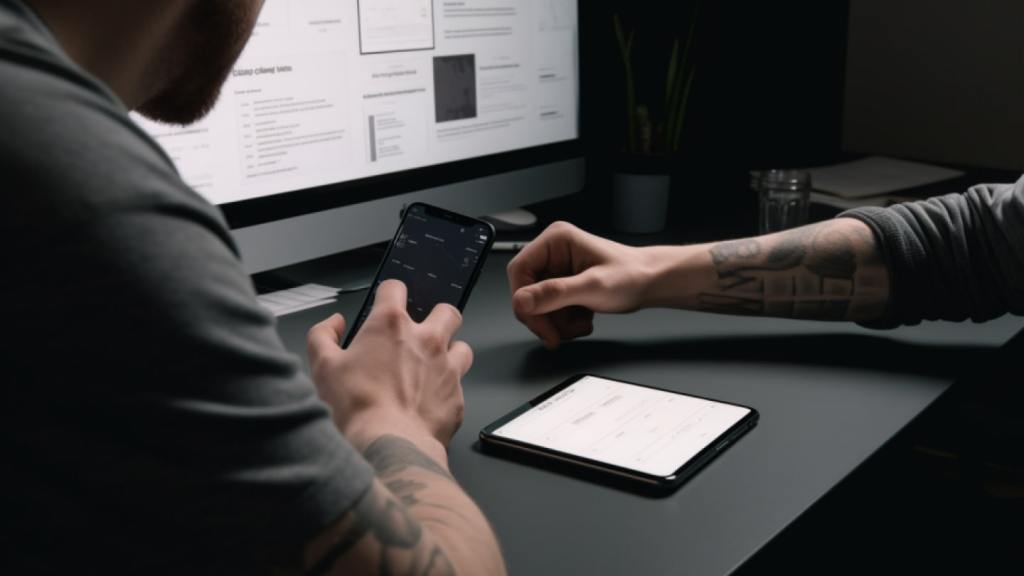Executive Won't Hear You Out on Experimentation? Try This.

But to the executive’s ear, “Let’s experiment until we find an answer” sounds an awful lot like “We don’t have a plan.” Results-oriented executives worry that green-lighting too much experimentation makes them appear weak to peers, competitors, stockholders, and even employees.
The smartest solutions rarely appear on the first try, however, so executives who won’t accept small-scale failures eventually face bigger, more public ones. By promoting experimentation, they give teams a chance to try out new business models and product ideas that could become critical to the company’s business portfolio years or even decades down the road.
Aligning Experimentation With Executives’ Priorities
Most executives view their company through the lens of modern portfolio theory, which was developed in the mid-20th century by Nobel Prize-winning economists William Sharpe and Harry Markowitz. According to modern portfolio theory, a corporation is best thought of as a collection of small companies under a single brand umbrella. Executives tend to evaluate new ventures by how well they fit with the corporation’s existing portfolio.
Design leaders tend to be savvy strategists, but few think of their companies like executives do. While executives often consider ideas in the context of current lines of business, designers see possibilities. They think about what an experiment could become: a way to reach younger users, the company’s first software-as-a-service product, or a solution to a perennial customer pain point, to name a few.
Designers aren’t wrong to dream, but pie-in-the-sky ideas aren’t about to sell a risk-averse executive on experimentation. Convincing executives to invest in experiment-driven design is a matter of showing them that experimentation is a low-cost way to support the company’s current portfolio. Here’s how to do that:
1. Explain how experimentation fuels strategy.
Remember the portfolio theory during this conversation. According to PricewaterhouseCoopers, 54 percent of innovating companies struggle to connect innovation strategy and business strategy. Break down how experimentation can help a company solidify an existing market position, swoop into a related market, or provide a hedge against disruption. Speak the executive’s language by focusing the discussion around core assets, adjacent interests, and transformational opportunities.
When suggesting an experiment, be clear about its goal. Some experiments are first-horizon — that is, they explore possibilities for optimizing the existing business. You might, for example, need a new delivery channel for a service you spent the past quarter working on. If you’re seeking to create an entirely new market segment from a proprietary technology from your research and development department, you might conduct multiple third-horizon experiments to determine whether it’s a smart direction for the business.
2. Be upfront about the timeframe.
Experimentation works for both short- and long-term projects, but be sure when suggesting it that you give executives a timeline. While first-horizon experiments might take as little as a few days, “moonshot” third-horizon ones can take years.
Even successful experiments often contribute to long-term revenue more than short-term revenue, which can make executives leery. I have friends at a Fortune 500 company who have pitched great new product ideas only to be met with resistance from leaders who weren’t interested in projects that couldn’t increase company revenue by 1 percent within a year. For a company with $100 billion in revenue, that’s $1 billion. Short of an acquisition, no new business initiative will be able to meet that mark.
Still, with the right pitch, design leaders can convince executives of experimentation’s value to current lines of business. Frame experimentation as an investment in R&D. Even enterprises need the internal expertise to develop new products, and experimentation provides the firsthand development experience they need to do that.
3. Highlight how experimentation boosts agility.
Plenty of companies boast about their agile development process, but how many are truly agile when it comes time to respond to a market shift? The “11th Annual State of Agile Report” found that while enterprises are becoming more agile, few are fully mature in their agile ways. The best agile environments empower leaders with insights from ground-level activities, the source of most corporate innovations.
Experimentation might not sound like the fastest way to design. But when you account for market feedback and productive iteration, it runs circles around traditional workflows that go through an elaborate process before finding out whether the concept actually worked. Methods of design that call for planning, organizing, and implementing in measured stages are simply too slow in today’s fast-moving markets.
4. Place a small bet.
Some executives hear dozens of pitches each month from managers. But most of them are just that — pitches. Prove the value of experimentation by demonstrating how it works in a low-cost, low-risk way.
Put together a small team, and challenge its members with a limited budget. Don’t tell team members how you’d solve the problem; just set your requirements and see how they do. Whether the small group solves the issue isn’t important as long as the team produces relevant information that can help the broader company. When executives see that even failed experiments open the door to meaningful improvements, they’ll be much more receptive to broader experimentation.
Design leaders and executives might use different methods, but they want the same thing: to see their company prosper. Experiment-driven design satisfies both parties by empowering designers to pursue big ideas while providing executives with the business results they need. At least when it comes to enterprise innovation, being wrong is often the right way forward.










